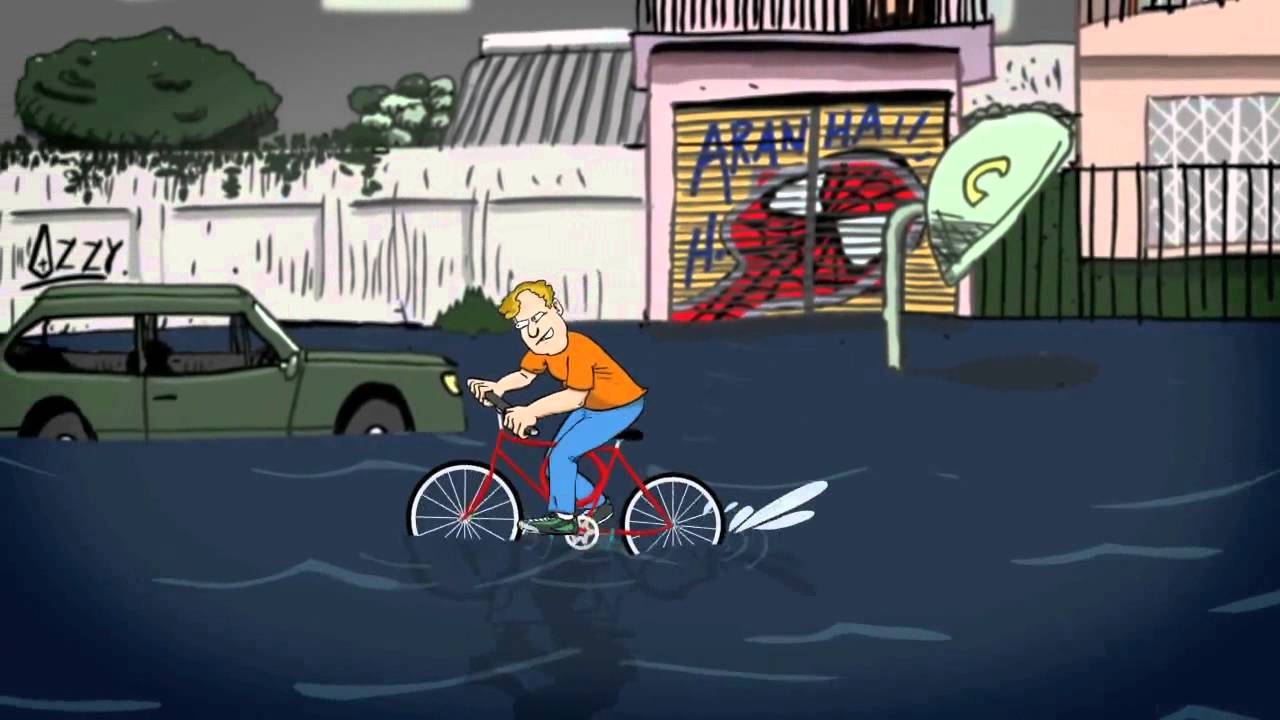The Floods of Bangladesh
Flood is the overflow of water that covers normally dry land, especially when rivers swell and cross their banks. In Bangladesh, which is a country of many rivers, floods occur almost every year. It is one of the most common natural disasters we face.
There are several causes of floods in Bangladesh. The main cause is heavy and continuous rainfall. When it rains for several days, rivers cannot carry the excess water to the sea. As a result, water overflows the riverbanks and floods nearby areas. Sometimes, water rushing down from the hills and mountains also causes floods. Moreover, poor drainage systems and silted riverbeds make the situation worse.
Floods cause huge damage to life and property. They destroy crops, wash away homes, cattle, and even human lives. Thousands of people become homeless and suffer from a lack of food, shelter, and clean drinking water. Often, famine follows the flood. Diseases like cholera, diarrhoea, and dysentery break out due to dirty water and poor sanitation. The prices of daily necessities rise sharply, making life even harder for poor people.
However, floods are not entirely harmful. They bring a large amount of silt which makes the soil fertile and helps in better crop production. Floodwater also washes away waste and purifies the land.
Although floods are a natural calamity, their effects can be reduced through proper planning. The government can control floods by building embankments and dams across rivers. Dredging riverbeds regularly can also help increase the water-holding capacity of rivers and prevent overflow.
It is encouraging to know that the government of Bangladesh is aware of this issue and has already taken important steps to reduce flood damage. With combined efforts from the government and the people, we can reduce the loss caused by floods and live a safer life.












